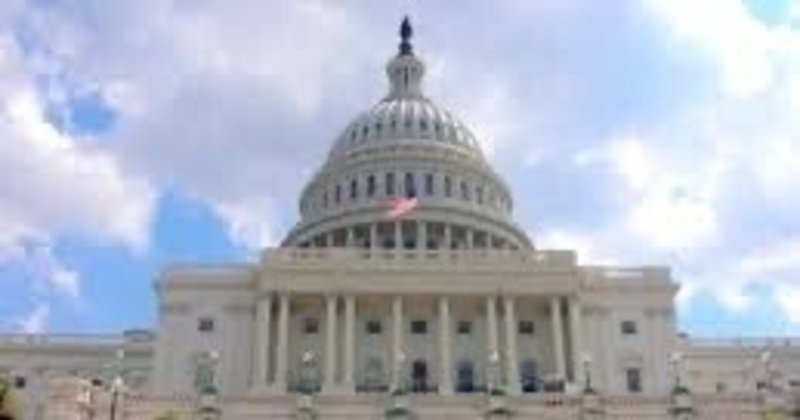
What is Neocon?
Table of Contents
Introduction
Chapter 1: Kirkpatrick and Carter's Diplomacy
Kirkpatrick's Political Background
Criticism of Carter Diplomacy
The Two Revolutions and Kirkpatrick
Chapter 2: The Kirkpatrick Doctrine in the Reagan Administration
The Kirkpatrick Doctrine in Practice
Kirkpatrick and the Problems of the Reagan Administration
Kirkpatrick as Ambassador to the United Nations
Chapter 3: Changes from the Mid-Reagan Administration to the Post-Cold War Era
Abandonment of the Kirkpatrick Doctrine and Reagan's Human Rights Diplomacy
The Failure of the Kirkpatrick Doctrine in the Revolutions in Eastern Europe and the Collapse of the Cold War
Kirkpatrick since the End of the Cold War
Conclusion
Introduction
In the wake of the 9/11 terrorist attacks in 2001 and the Iraq War in 2003, the term "neocon" has become a media phenomenon. Many books have been published with "neocon" in the title. Many of them are discourses on the George W. Bush administration and "neocons. In Japan, too, the term has filled the mass media. The term "neocon" stands for "neoconservative," which in Japanese translates as "neoconservative.
However, "neocons" did not suddenly appear after the 9/11 terrorist attacks or the Iraq War. They were active during the Cold War period as well. In February 1980, the "neocons" gradually began to join the Reagan camp. One of them was Jeane J. Kirkpatrick. She was involved as a foreign policy advisor during Reagan's campaign and joined the administration as the United States Ambassador to the United Nations, a position that gave her cabinet-level treatment.
Despite her important role in the Reagan administration, Kirkpatrick has received little attention in Japan. Few of her books have been translated into Japanese. Kirkpatrick edited and translated "Communism's World Strategy," edited by Jean J. Kirkpatrick and translated by Takeshi Koana (Jiyu-Asia, 1965). Since the book was published in the mid-1960s, rather than in the 1980s or later, when she was active in the Reagan administration, it is difficult to see her involvement in the administration. The purpose of this study is to confirm that she played a more important role in the Reagan administration's foreign policy than has been reported in Japan.
This paper will trace the historical evolution of neo-conservatives, with a focus on Kirkpatrick. The topics to be dealt with in Chapter 1 are as follows. First, we will look back at her childhood, through college and graduate school to becoming a researcher, and then to her enthusiastic involvement in political activities as a member of the Democratic Party. This is a brief overview of her thought formation process. Here we can see what might be called the germ of the policy philosophy she would later advocate. Next, we will deal with her scathing criticism of the administration of Jimmy Carter in the late 1970s during her activities as a Democrat. In her 1979 article "Dictatorships and Double Standards," published in the journal Commentary, she discusses the negative legacy of Carter's foreign policy. Finally, I would like to examine the criticisms of Carter's foreign policy asserted in the aforementioned article, particularly with regard to his handling of Nicaragua and Iran. Both countries experienced revolutions during the Carter administration and were deeply involved with the United States.
The themes addressed in Chapter 2 are as follows. First, we will summarize what Kirkpatrick's policy philosophy, which was adopted by the Reagan administration, was like. Then, we will review how that policy philosophy was "adopted" by the Reagan administration. Next, we will focus on her responses to the Falklands War, the shooting down of the Korean Air Lines plane, and the U.S. invasion of Grenada during the Reagan administration. This is because there are many of her consistent principles and intentions in the proposals and arguments she made in these situations. And finally, we will overview her as an ambassador to the United Nations. We will review her perception of the UN and how she "used" it. Then, we will organize her problematic views on the UN.
The topics to be addressed in Chapter 3 are as follows. First, we will address the changes in foreign policy that occurred during the mid-Reagan administration. It was a change that went in the opposite direction of Kirkpatrick's intentions. It then deals with Reagan's abandonment of Kirkpatrick's policy principles. Next discussed is the world after the collapse of the Cold War. She will outline how she perceived the world after the Eastern European revolution and the collapse of the Soviet Union, and what she thought America should be like in the future. Finally, we will reflect on the re-emergence of Kirkpatrick's policy ideas in a different form and how they related to the "neocons" during the G.W. Bush administration.
ここから先は
¥ 300
この記事が気に入ったらサポートをしてみませんか?
